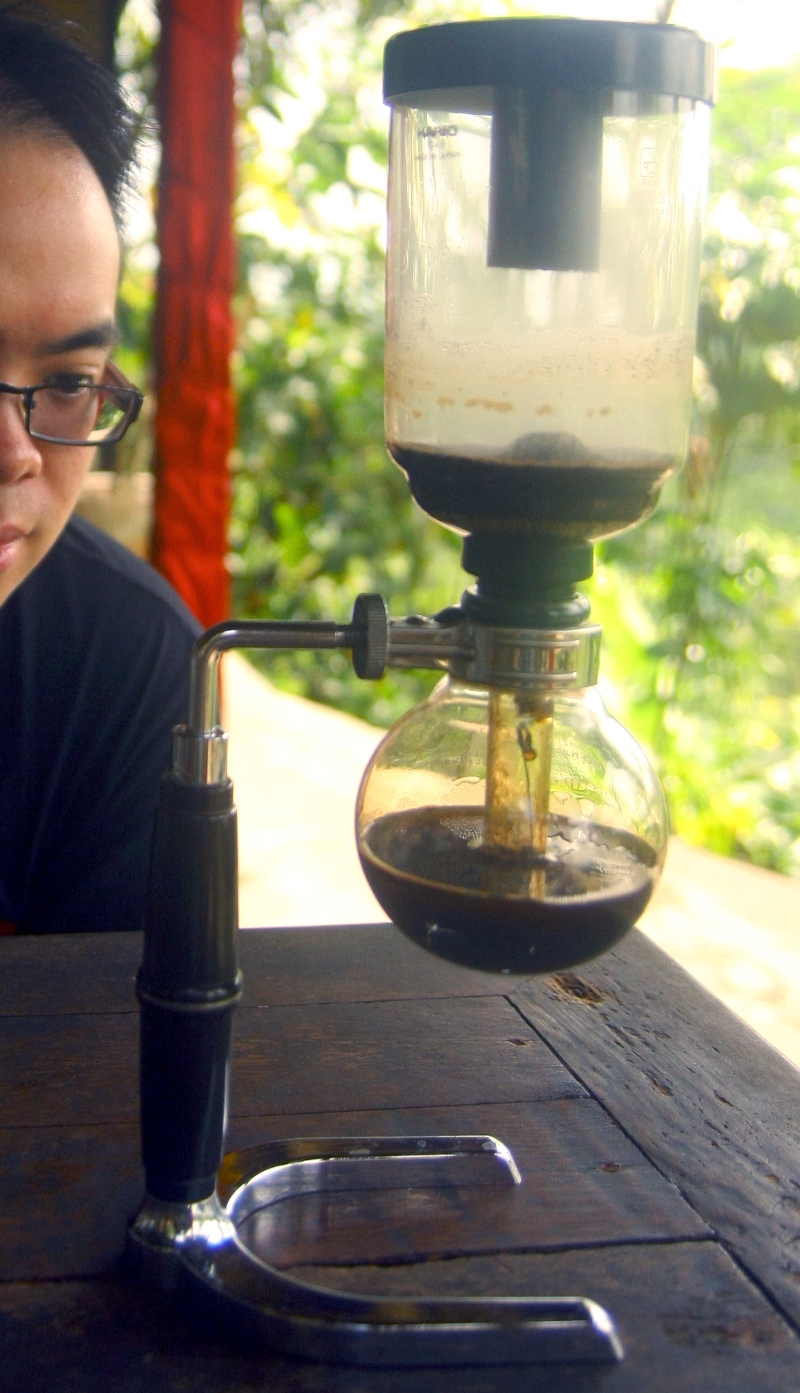I had this thought the other day: latte art is signalling. To pour a rosetta in a cappuccino, you would need perfectly brewed espresso, and perfectly steamed and textured milk. If you do not pull enough crema in your espresso shot, or if the crema dissipates too quickly, you cannot pour a rosetta. If the milk isn’t properly textured, and there is too much air in the milk (or too little), you won’t be able to pour a rosetta because the milk wouldn’t drag across the surface of the crema easily. Free-pouring latte art signals that you have the skills to make good coffee.
I was thinking this upon reading a thread in reddit about latte art. It turns out we have generally great baristas in Australia – I’ve rarely bought a cappuccino that does not come with some form of tulip, heart or rosetta. Latte art is rare in America though.
Coffee quality in Sydney is well above average (coffee quality in Melbourne is even better) compared to coffee from around the world. It’s also one reason why Starbucks cannot survive in Australia. Baristas signal their skill in making coffee by pouring latte art. But it’s so common that the act of signalling is diluted. It took an external anchor (a realization that Americans don’t commonly get good espresso based drinks) to make me re-realize the act of signalling.
I think this raises a lot of interesting things to think about: Signaling is only useful if it’s novel enough. When everyone signals by using the same signals, it fails to become a signal any further. If after Michael Spence’s paper * Michael Spence (1973). “Job Market Signaling“. Quarterly Journal of Economics (The Quarterly Journal of Economics, Vol. 87, No. 3) 87 (3): 355–374. was published, most students went to study philosophy to signal that they’re potentially good employees, the signal will fail.
Of course the big underlying assumption of Spence’s paper is that there will always be good and bad employees – and only good employees will take the effort to signal that. I don’t know if I can say the same for cafes and baristas in Sydney/Melbourne. It would appear that even the small cafe at the corner has fantastic machines and baristas who can pull great shots.
Just some food for thought. Now here’s a picture of me pondering a vacuum pot coffee at a Kopi Luwak farm in Bali.

No, for the record, I do not think Kopi Luwak is a good thing. The animals we saw were caged but in quite humane conditions. The coffee itself was not really spectacular. Firstly, the roast was uneven. And it was bland. It lacks features, unlike a good Ethiopian Yirgacheffe (my current coffee at home), which can taste like blueberries and candied oranges, Kopi Luwak was just flat. I merely drank it out of novelty. Wouldn’t want it again.